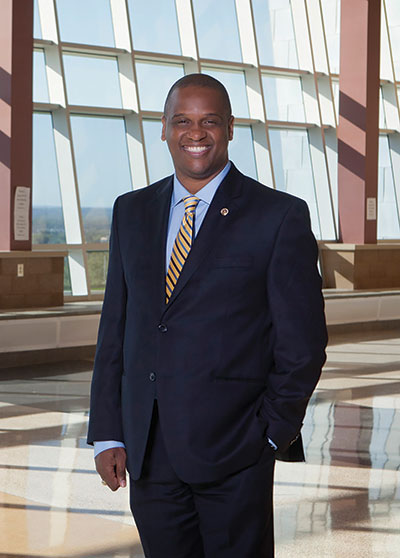 The next time you find yourself dreading a Parent Teacher Association (PTA) meeting, think about this:
The next time you find yourself dreading a Parent Teacher Association (PTA) meeting, think about this:
Beyond its bake sales, Golden Acorn Awards and Reflections arts programs, the PTA has a solid 100-plus-year history entwined with the women’s suffrage and civil rights movements.
Formed as the National Congress of Mothers in 1897, before women had the right to vote, the organization evolved into the National Congress of Parents and Teachers. In 1970, it merged with the National Congress of Colored Parents and Teachers to serve all children. Now, with some four million members and more than 20,000 local units, it’s the largest volunteer child advocacy organization in the U.S.
Thanks to the PTA, we have kindergarten, child labor laws, school “hot lunch” programs and mandatory immunizations.
Theodore Roosevelt was the chair of the first PTA Advisory Council. Otha Thornton, who was elected president of the National PTA in June 2013, is the first African-American male head of the organization.
Today, you can follow the National PTA on Twitter or like it on Facebook — an easy way to keep up with the organization’s extensive advocacy efforts and programs on family engagement, health and safety, and arts in education.
Dig a little deeper and you’ll find that the PTA is a political force to be reckoned with.
Each year, the National PTA develops a policy advocacy agenda and recommendations for Congress. It offers an online advocacy tool kit to help members engage with policymakers and the media, and to understand the legislative and federal appropriations and budget processes. The PTA holds a legislative conference each March, when PTA officers from around the U.S. gain in-depth knowledge of the policy agenda and firsthand advocacy experience by meeting with members of Congress.
In 2013, the National PTA chose to focus on education funding; support for early childhood education and special education; child health and nutrition; juvenile justice and delinquency prevention; and school safety, including anti-bullying campaigns and protecting children from gun violence.
Since 2010, as the result of a $1 million grant from the Bill and Melinda Gates Foundation, the National PTA has been educating families about the new Common Core State Standards, a set of challenging grade-level academic standards that have been adopted by nearly every state.
Homegrown advocacy
True to its grassroots nature, the PTA hosts a national conference each June, during which its members consider and adopt resolutions and position statements presented by local and state PTAs. The 2014 PTA national convention will be held June 19–22 in Austin, Texas.
The PTA’s 2013 approved convention resolutions include:
- •support for first-response training and the purchase of federally approved automatic external defibrillators (AEDs) so schools can deal with sudden cardiac arrest
- •advocating for meningococcal disease vaccinations
- •support for maintaining elementary school recess
In the past five years, it has approved resolutions on texting and driving, sexting, head-injury awareness, adult accountability for underage drinking, and the dangers of alcoholic energy drinks.
Adoption of these national resolutions puts weight behind local PTA advocacy efforts and enables local advocates to build networks and coalitions.
The PTA has also issued position statements on a wide range of issues, including gun safety, the importance of arts in education, and child nutrition.
How do these advocacy efforts trickle down to your kids’ schools?
The Washington State PTA has its own impactful history. Its members coined the term “preschool,” were part of an influential coalition promoting the use of seat belts, and worked with other education advocacy groups to secure the passage of major education legislative reforms in our state.
With input from its members, the state PTA develops its own legislative platform each year. The top five of its 14 priorities for 2013–14 are to advance basic education reforms, fund education first, close opportunity gaps, raise state revenue for education and provide access to highly effective teachers.
The state PTA is divided into 13 regions, which serve as the focal points for local PTAs and councils to network, coordinate and receive training.
Seattle has its own coordinating body — the Seattle Council of Parent Teacher Student Associations (Seattle PTSA), which helps coordinate citywide PTA efforts. The council recently passed a resolution supporting later start times for secondary schools in an effort to address adolescent sleep needs, an issue currently under scrutiny in Seattle.
When Teddy Roosevelt said, “Speak softly and carry a big stick,” he might have been referring to the efforts of the PTA.
You might feel like one of a few sitting in that cold cafeteria at your school’s evening PTA meeting, but you are one of an influential many.
So if something matters to you, speak up. There’s no telling how far your concerns will go.





